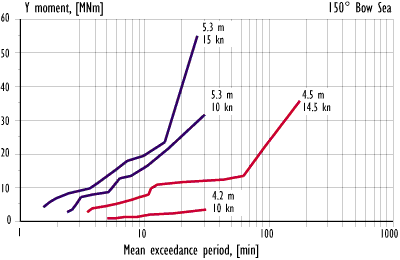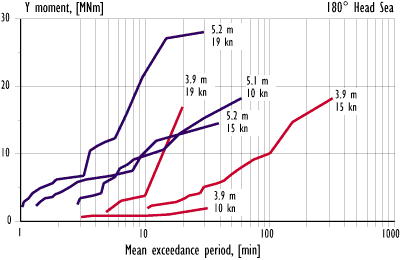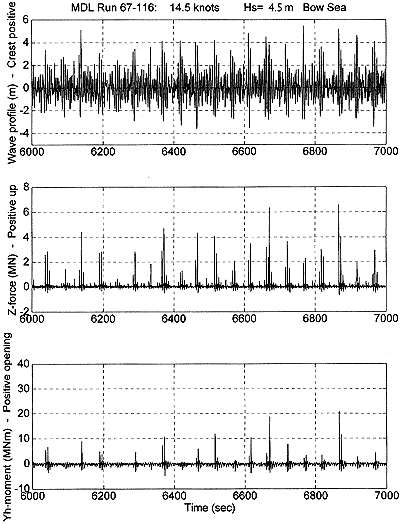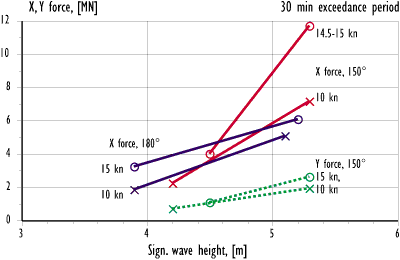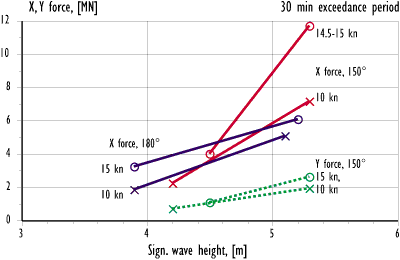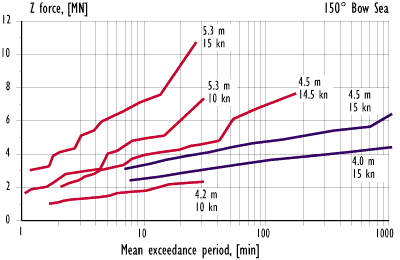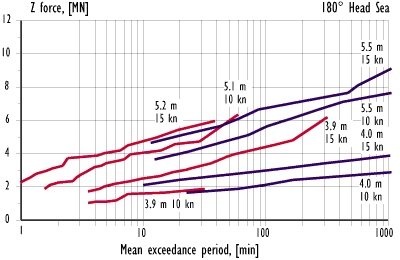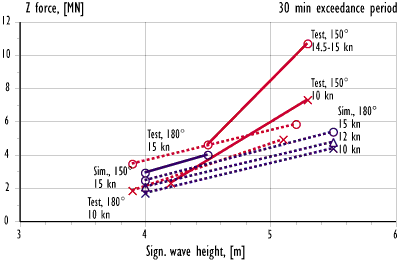 |
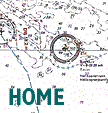 |
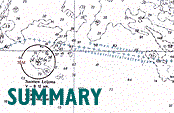 |
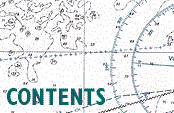 |
CHAPTER 12 OVERVIEW OF SEPARATE INVESTIGATIONS |
||||||||||||||||||||||||||||||||||||||||||||||||||||||||||||||||||||||||||||||||||||||||||||||||||||||||||||||||
12.1 Determination of sea loads on the visor by model tests |
||||||||||||||||||||||||||||||||||||||||||||||||||||||||||||||||||||||||||||||||||||||||||||||||||||||||||||||||
12.1.1 Test programExtensive model tests ordered by the Commission have been performed at the maritime research centre, SSPA laboratories. The main purpose of the test programme was to determine the wave impact loads on the visor at the speed, on the heading and under the wave conditions in which the ESTONIA was likely to have been operating at the time of the visor failure. In addition, the influence of variations in some of these parameters was tested. The model test results have further been compared to computer simulations of wave loads as summarised in 12.2. SSPA's complete test report is appended in the Supplement.
Table 12.1 Test programme at the SSPA laboratories.
A peak period of 8.0 s for the wave spectrum was used for all conditions except for the last one which used a period of 8.3 s. This last condition was at the time assumed to be the most probable condition in which the bow visor of the ESTONIA failed.
Due to the non-linear and random nature of the bow impact loads, the absolute quantitative measured loads must be judged with care. Small changes in the relative motion between the ship bow and the waves, as well as in the wave profile, resulted in large differences in load values. The maximum loads were not generally measured in the highest individual waves but rather in the worst combinations of waves and ship motions.
Figure 12.1 Measured wave-induced vertical opening moment on the visor in bow sea.
Figure 12.2 Measured wave-induced vertical opening moment on the visor in head sea.
Figure 12.3 Example of time series from model tests.
The wave-induced forces and moments shown do not include the static weight of the visor itself. This will decrease the vertical force by about 0.6 MN and the opening moment by about 2.9 MNm. (1 MN equals the force of 102 metric tons).
The long series of tests at MDL in port bow sea with a nominal significant wave height, Hs, of 4.3 m and a ship speed of 14.5 knots were, at the time the tests were performed, believed to represent the prevailing condition when the attachments of the visor of the Estonia failed. In this series, during three full-scale hours of measurements, the individual maximum components of wave loads on the bow visor were recorded as given in Table 12.2. Table 12.2 Maximum wave load components in bow sea with Hs = 4.5 m.
All the maximum values except for Y force and Z moment were measured at the same incident (Y force was measured to 2.2 MN and Z moment to 3.8 MNm simultaneously). When these highest loads were measured, wave crest amplitude was 3.7 m, relative motion between bow and wave was 6.3 m and relative velocity 6.2 m/s.
The influence of significant wave height, heading and speed on the wave-induced loads on the visor is summarised in Figures 12.4-12.6 and 12.9. In the comparison, the most probable maximum values over 30 min. of exposure are used. For most of the test series this means that the given value corresponds to the single highest measured, and hence the uncertainty in these levels is large. In the figures, the test results are connected with straight lines to show the same condition. However, the sea loads are a function of Hs raised to a higher power, and the straight lines should not be used for inter- or extrapolation.
Figure 12.4 Longitudinal and transverse wave force on the visor. Model test results in head and bow sea at 10 and 15 kn speeds.
Figure 12.5 Wave-induced moment about visor longitudinal and vertical axis. Model test results in bow sea at 10 and 15 kn speeds.
Figure 12.6 Wave-induced opening moment about visor deck hinge axis. Model test results in head and bow sea at 10 and 15 kn speeds.
It is apparent that the wave height influence is much larger in bow sea than in head sea. The results indicate that there is a 'threshold' sea condition in bow sea below which the wave-induced loads on the visor are very low. When this condition is exceeded, the risk of high forces and moments rapidly increases even though the general condition with regard to motions and accelerations on board is not changed significantly. In the conditions tested, the threshold is apparently found at about 4 m significant wave height.
|
||||||||||||||||||||||||||||||||||||||||||||||||||||||||||||||||||||||||||||||||||||||||||||||||||||||||||||||||
12.2 Numerical simulation of vertical wave loads on the bow visor |
||||||||||||||||||||||||||||||||||||||||||||||||||||||||||||||||||||||||||||||||||||||||||||||||||||||||||||||||
12.2.1 IntroductionVertical wave loads on the ESTONIA bow visor have also been simulated using a non-linear numerical method to estimate the loads during the accident voyage and to investigate the effects of the most important load parameters. The numerical predictions supplement the SSPA model experiments since it has been possible to simulate much longer time sequences than could be tested in a model basin.
Table 12.3 Simulated wave-induced vertical loads on the bow visor. Simulation programme and example of results (weight of visor excluded).
12.2.2 Simulation methodThe simulation method is based on the non-linear strip theory, which is a practical method for simulating ship motions and hull loads in waves. In the method applied, the time histories of irregular, long-crested waves and ship motions are generated by employing the linear superposition principle. The bow visor was considered as a small body entering water. Thus, in determining the vertical force on the visor it has been assumed that the dynamic wave pressure and the wave motion, velocity and acceleration are constant within the volume occupied by the visor. The assumption is valid when the wave length is significantly longer than the dimensions of the bow visor.
The main results of the simulations are graphs presenting probabilities at which the vertical component of the wave force on the visor exceeds different levels. If exceedance probabilities referring to the number of wave encounters are plotted on a logarithmic scale, and the vertical force on a linear scale, straight lines seem to fit the data quite well. There is no theoretical basis for the linear relationship between the logarithm of the exceedance probability and the vertical visor load. The Weibull distribution has often been applied in fitting long-term wave height and wave load data, but in this case it is unknown how well it would represent the extreme end of the distribution. For this reason, long simulations have been carried out to avoid extrapolation of the data.
Qualitatively the simulated results agree well with the experimental data. The experimental time histories of the vertical load on the visor have high upward peaks similar to those of the simulated records and in the downward direction the loads are negligible. The model tests confirm the very strong effect of wave height on the loads and the approximately linear relationship between visor loads and forward speed. Also in the experiments the visor loads were larger in bow seas than in head seas.
Figure 12.7 Comparison of vertical visor loads in oblique bow seas from model tests (red) and from simulations (blue).
Figure 12.8 Comparison of vertical visor loads in head seas from model tests (red) and from simulations (blue).
Figure 12.9 Comparison of vertical visor loads from model tests (red) and from simulations (blue). Influence from wave height and speed.
In all cases, the simulated loads were smaller than the measured loads. In general, the correlation was better in the higher sea state than in the lower. The correlation was very good in the lower sea state at 10 kn speed in head seas. In 4.5 m bow sea at 15 kn speed, the simulated results agreed quite well with the experimental data up to a mean exceedance period of about 40 minutes, after which the test results increased at a much higher rate than the simulated visor loads.
Continues... |
||||||||||||||||||||||||||||||||||||||||||||||||||||||||||||||||||||||||||||||||||||||||||||||||||||||||||||||||
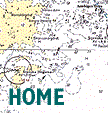 |
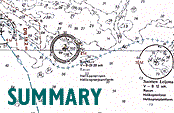 |
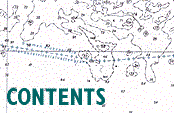 |
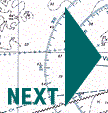 |
